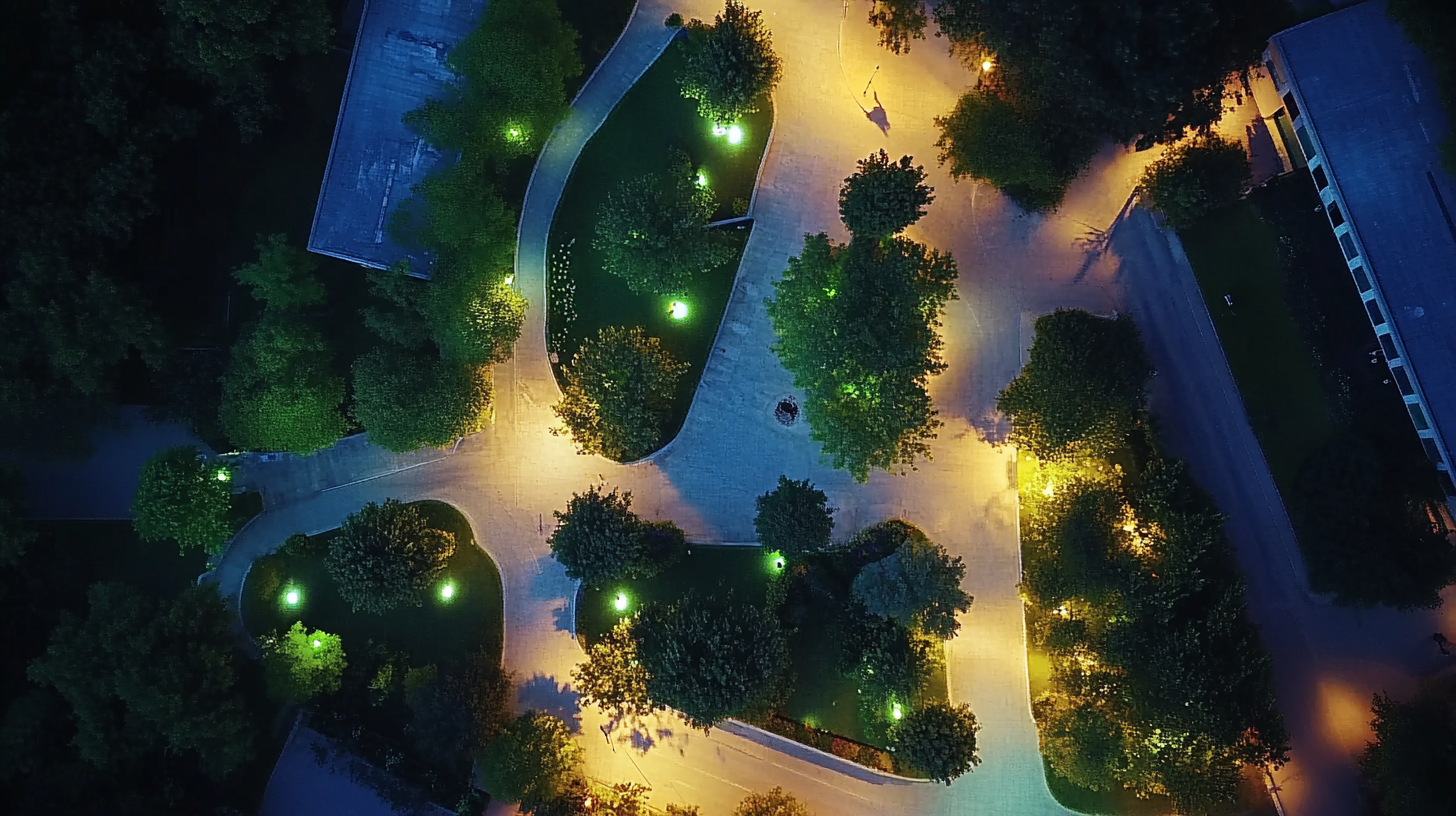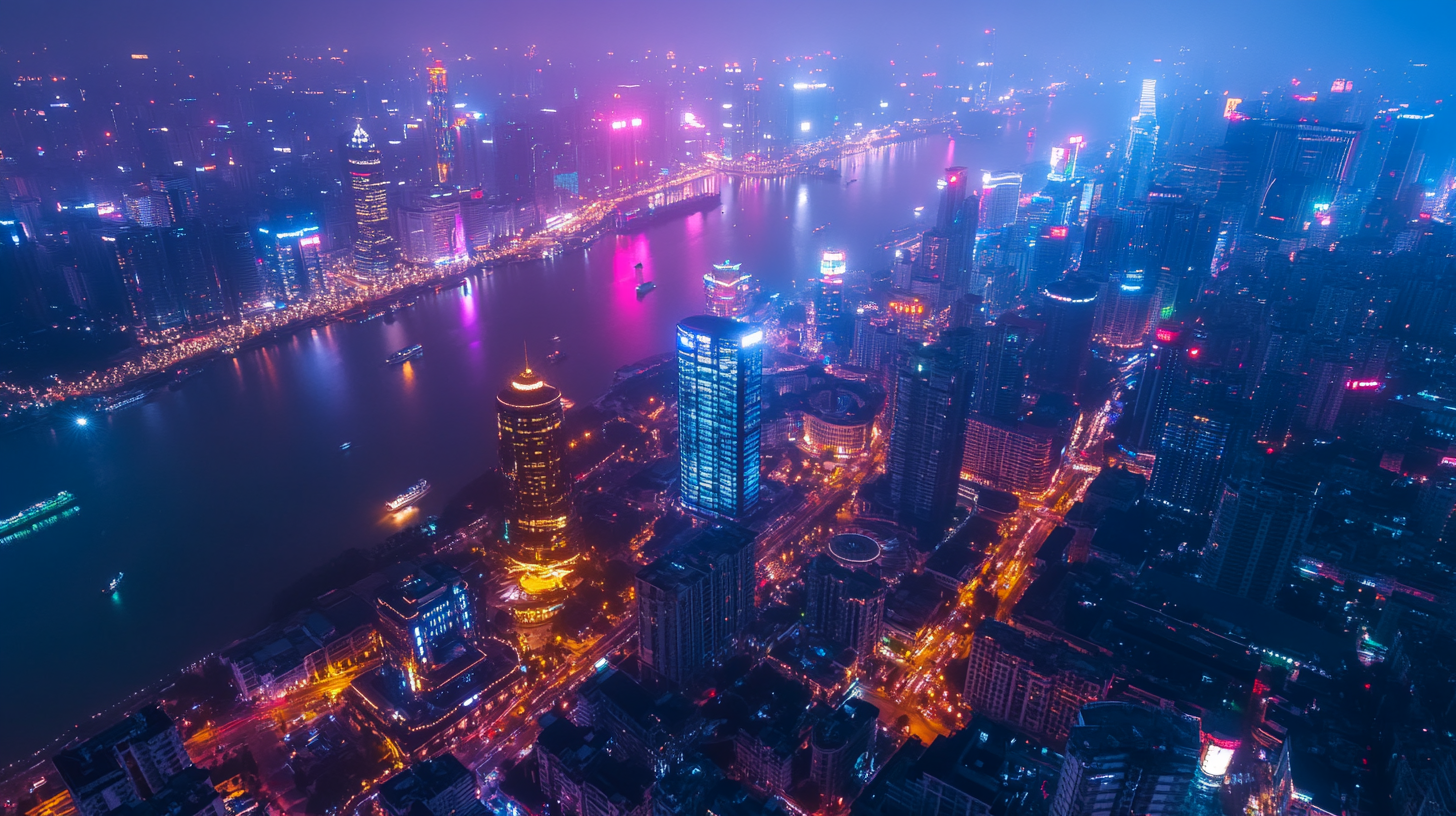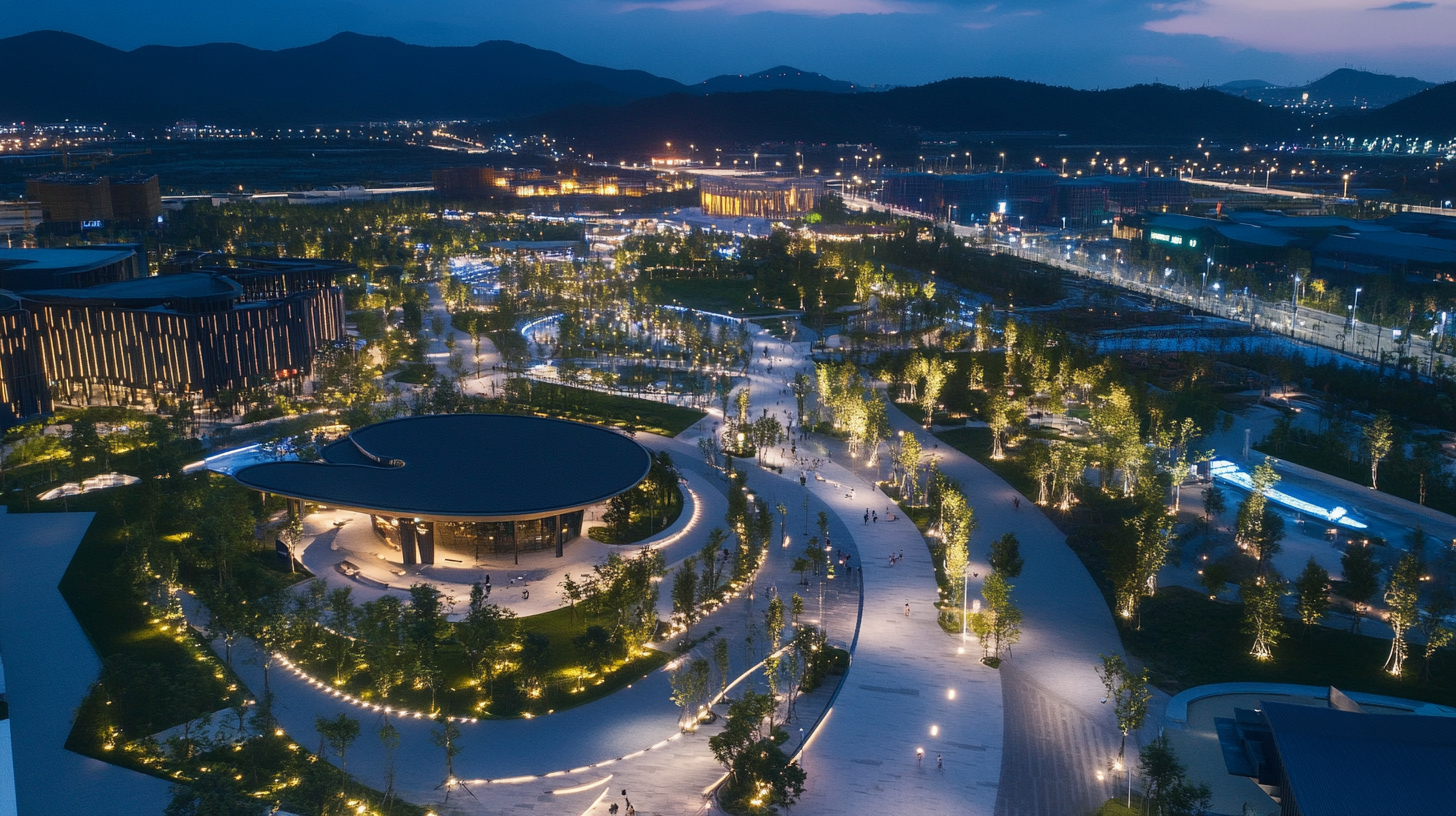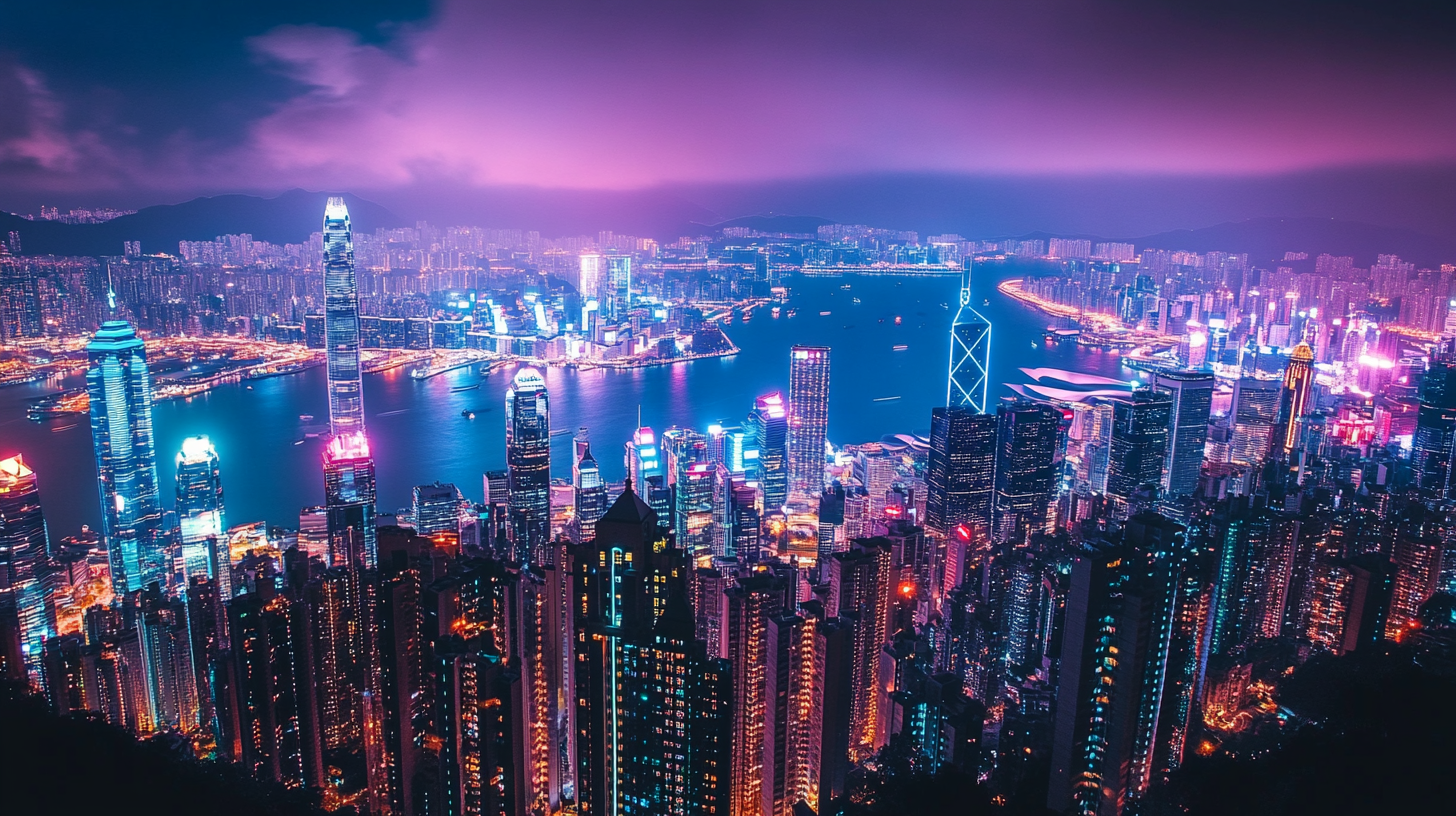Understanding the Global Trends in Professional Landscape Lighting Solutions
As urbanization expands and outdoor spaces become increasingly integral to residential and commercial landscapes, the demand for Professional Landscape Lighting solutions is witnessing significant growth. According to a report by Grand View Research, the global landscape lighting market is expected to reach USD 6.3 billion by 2025, growing at a compound annual growth rate (CAGR) of 10.5%. This surge is driven by the rising trends in outdoor beautification, safety, and security, which have propelled both homeowners and businesses to invest in sophisticated lighting designs.
Moreover, advancements in LED technology and smart lighting systems are transforming the way Professional Landscape Lighting solutions are conceived and implemented. A study conducted by MarketsandMarkets highlights that the LED segment is projected to dominate the market, driven by its energy efficiency and longevity. As sustainability becomes a priority for many, integrating eco-friendly lighting solutions has emerged as a pivotal trend. In this blog, we will delve into the key global trends shaping the Professional Landscape Lighting industry, examining how innovation and consumer preferences are reshaping outdoor environments.

The Evolution of Professional Landscape Lighting Solutions Over the Years
The evolution of professional landscape lighting solutions over the years reflects a significant shift in both technology and design philosophy. Originally, landscape lighting was primarily functional, focused on illuminating paths and enhancing security around properties. Traditional incandescent lights were the norm, but their energy inefficiency and limited lifespan often rendered them less effective for expansive and intricate outdoor spaces. As technology advanced, the introduction of LED lighting revolutionized the industry. LEDs not only provided greater energy efficiency but also offered unparalleled versatility in color and intensity. Professionals began to understand how to use lighting as a creative tool, allowing them to emphasize architectural features, create ambiance, and highlight natural elements like trees and gardens. This marked a departure from merely functional lighting to a more aesthetic approach that considered the overall experience of outdoor spaces. Additionally, the rise of smart lighting systems has transformed how landscape professionals design and manage lighting solutions. With the ability to control lights remotely and set schedules, homeowners now enjoy customizable experiences that align with their lifestyles. This trend also aligns with broader sustainable practices in landscaping, promoting energy efficiency and reducing environmental impact. The continuous innovation in landscape lighting is reshaping outdoor designs, making them more dynamic and responsive to our needs.

Key Factors Influencing Global Trends in Landscape Lighting Design
In the ever-evolving field of landscape lighting design, several key factors are shaping global trends. One prominent influence is the increasing emphasis on sustainability and environmental consciousness. According to a report by the International Institute for Sustainable Development, up to 80% of consumers prefer products that are environmentally friendly. This has prompted landscape lighting designers to incorporate energy-efficient technologies such as LED lights, which consume up to 75% less energy than traditional incandescent bulbs. As homeowners and commercial properties seek to reduce their carbon footprints, sustainable lighting solutions are becoming a standard in design considerations.
Another significant factor is the advancement in technology, specifically the integration of smart lighting systems. A research report by Grand View Research indicated that the smart lighting market is expected to reach $28.6 billion by 2027, growing at a rate of 21% annually. These systems offer enhanced control over lighting environments, allowing for timed settings and remotely adjustable settings. Such capabilities not only improve the aesthetic appeal of landscapes but also promote energy savings and increased convenience.
The growing trend of outdoor living spaces further fuels the demand for innovative landscape lighting solutions. Studies show that nearly 75% of homeowners invested in outdoor enhancements, recognizing the importance of creating inviting outdoor spaces. This shift is leading designers to explore creative lighting strategies that highlight landscaping features while ensuring safety and usability during nighttime hours. As outdoor environments are transformed into extensions of living spaces, the role of landscape lighting becomes pivotal in enhancing comfort and visual appeal.

Innovative Technologies Shaping the Future of Landscape Illumination
The landscape lighting sector is experiencing a significant transformation, primarily driven by innovative technologies. A recent report from the Global Market Insights indicates that the global landscape lighting market is projected to exceed $5 billion by 2027, driven by the rising demand for smart lighting solutions and advancements in LED technology. With energy efficiency becoming a core component of design, LED fixtures not only reduce energy consumption by up to 75% compared to traditional incandescent lights, but they also offer versatility in color and intensity, allowing for dynamic outdoor spaces that adapt to various needs.
Smart lighting systems are at the forefront of this evolution, integrating IoT (Internet of Things) capabilities that enable remote control and programming via smartphone applications. According to a recent study by Markets and Markets, the smart lighting market is expected to grow at a compound annual growth rate (CAGR) of 23% from 2021 to 2026. This surge is largely due to the increased focus on sustainability and the ability to automate lighting to enhance safety and aesthetics while reducing environmental impact. For instance, motion sensors and dimmers can be employed to ensure that lights are used only when necessary, drastically cutting down energy wastage.
Furthermore, advances in solar-powered lighting are making landscape illumination more sustainable. A report from Allied Market Research predicts the solar lighting market will reach $4.5 billion by 2026. These solar solutions not only contribute to reduced energy costs but also offer flexibility in installation, making them ideal for both urban gardens and rural landscapes. As these technologies continue to evolve, they promise a future where landscape illumination is not only aesthetically pleasing but also environmentally responsible.

Sustainability Practices in Modern Landscape Lighting Solutions
Sustainability in modern landscape lighting solutions is becoming increasingly pivotal as environmental concerns take center stage in design and landscaping. According to a recent market report by Grand View Research, the global outdoor lighting market is expected to reach $21.80 billion by 2025, with a significant share attributed to sustainable lighting technologies. As consumers and municipalities alike prioritize eco-friendly options, the demand for energy-efficient LEDs and smart lighting systems is on the rise.
Innovative companies are leading the charge by incorporating sustainability into their product designs. For instance, the adoption of solar-powered lighting systems has surged, reducing reliance on nonrenewable energy sources. A study by the Department of Energy highlights that LED lighting can save up to 75% of energy compared to traditional incandescent bulbs, a shift that not only lowers electricity costs but also minimizes carbon footprints over time. This is particularly essential in outdoor settings where lighting plays a critical role in enhancing safety and aesthetics.
Moreover, the focus on sustainability extends beyond energy consumption; materials used in landscape lighting are also being scrutinized. Many manufacturers are now utilizing recycled materials in their fixtures, which helps reduce waste and supports circular economy principles. By prioritizing products that are designed for longevity and reusability, the landscape lighting industry is positioning itself as a key player in promoting sustainable practices, aligning with global efforts to combat climate change and fostering a healthier environment.
Cultural Influences on Landscape Lighting Style Across Different Regions
Landscape lighting design is deeply influenced by cultural perspectives, with each region showcasing distinct styles that reflect local traditions, values, and environmental contexts. For instance, in Mediterranean countries, the use of warm, soft lighting in outdoor spaces enhances the convivial atmosphere of alfresco dining, highlighting architectural features such as terracotta tiles and stone facades. This aligns with a study by the International Landscape Lighting Institute, which reported that over 60% of Mediterranean households prioritize outdoor lighting that complements their lifestyle and encourages social interaction.
In contrast, Asian countries often employ intricate lighting designs that harmonize with nature, utilizing lanterns and accent lighting to create serene environments. According to a report from the Global Lighting Association, markets in Asia are expected to grow by 15% annually, driven by a rising demand for aesthetic integration of lighting in landscaping, which is closely tied to cultural practices such as Feng Shui. This philosophy emphasizes balance and harmony, leading to lighting solutions that not only illuminate landscapes but also promote a sense of peace and well-being.
In North America, the trend leans toward a blend of functionality and artistic design, with a marked preference for energy-efficient LED lighting. A survey conducted by the American Society of Landscape Architects revealed that nearly 70% of landscape architects are incorporating sustainable lighting solutions in their designs. This reflects a growing awareness of environmental impact and illustrates how cultural values surrounding sustainability are shaping landscape lighting practices across the region. As cultural influences evolve, the professional landscape lighting sector will continue to adapt, embracing diversity while meeting the practical needs of global consumers.

